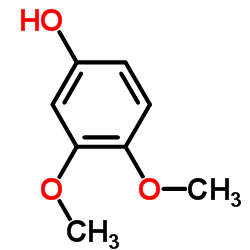| Structure | Name/CAS No. | Articles |
|---|---|---|
 |
3,4-Dimethoxyphenol
CAS:2033-89-8 |
| Structure | Name/CAS No. | Articles |
|---|---|---|
 |
3,4-Dimethoxyphenol
CAS:2033-89-8 |